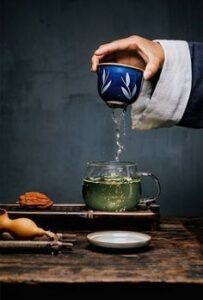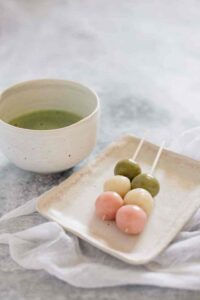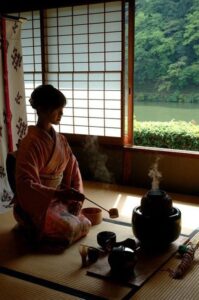
Tea is a beloved beverage in both China and Japan, renowned for its rich flavor and numerous health benefits. While many associate Chinese tea primarily with green tea, it encompasses a diverse array of types, including white tea, green tea, oolong tea, and black tea, each characterized by distinct harvesting times and locations.
The production processes for these tea varieties vary significantly. White and green teas are subjected to heat treatment to preserve their antioxidants, while oolong and black teas undergo fermentation. Oolong tea is only partially fermented, whereas black tea is fully oxidized, resulting in different flavor profiles.
Japanese green tea stands out due to its unique processing method. Freshly picked tea leaves are steamed immediately to halt the oxidation process, preserving their vibrant green color and natural flavor. This non-fermentation allows the leaves to retain a higher concentration of phenolic compounds, contributing to a greater antioxidant effect compared to other teas. When finely ground into a powder, these leaves become matcha, integral to traditional tea ceremonies and various culinary creations.
In addition to their production differences, the serving styles of tea in China and Japan are also distinct. In China, large teapots are commonly used to welcome guests. Tea leaves are placed in the pot, hot water is added, and the mixture is steeped until the desired aroma and color are achieved. In regions like Zhangzhou City in Fujian Province, elaborate brewing tools and intricate techniques transform tea preparation into a unique local art form.
Conversely, the Japanese tea ceremony, influenced by Zen Buddhism, emphasizes refined brewing techniques and mindfulness. The ceremony includes careful selection of cups and bowls, precise movements for brewing, and the method of scooping water. Typically accompanied by wagashi, a small sweet treat that complements the tea, the ceremony embodies five core principles:
1. Simplicity
2. Purity
3. Harmony
4. Tranquility
5. Beauty
Whether one favors Chinese tea or Japanese tea, both offer similar health benefits. By reducing the intake of sugary beverages, tea can be a flavorful and healthful alternative.
Experience the authentic taste of Japanese green tea at MATCHAZUKI’s online shop.
Source:
http://dofire.bestnailideas.com/image.php?id=454524
https://www.chopstickchronicles.com/sanshoku-three-colour-dango/
http://neredennereye190696.weblobi.net/image.php?id=561147
https://www.pinterest.com/pin/657033033123464205/
https://journal.pim.ac.th/uploads/content/2017/12/o_1c2bpm19o16itkenbpr6kn130ga.pdf
บทความจาก : Fuwafuwa



